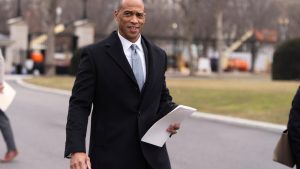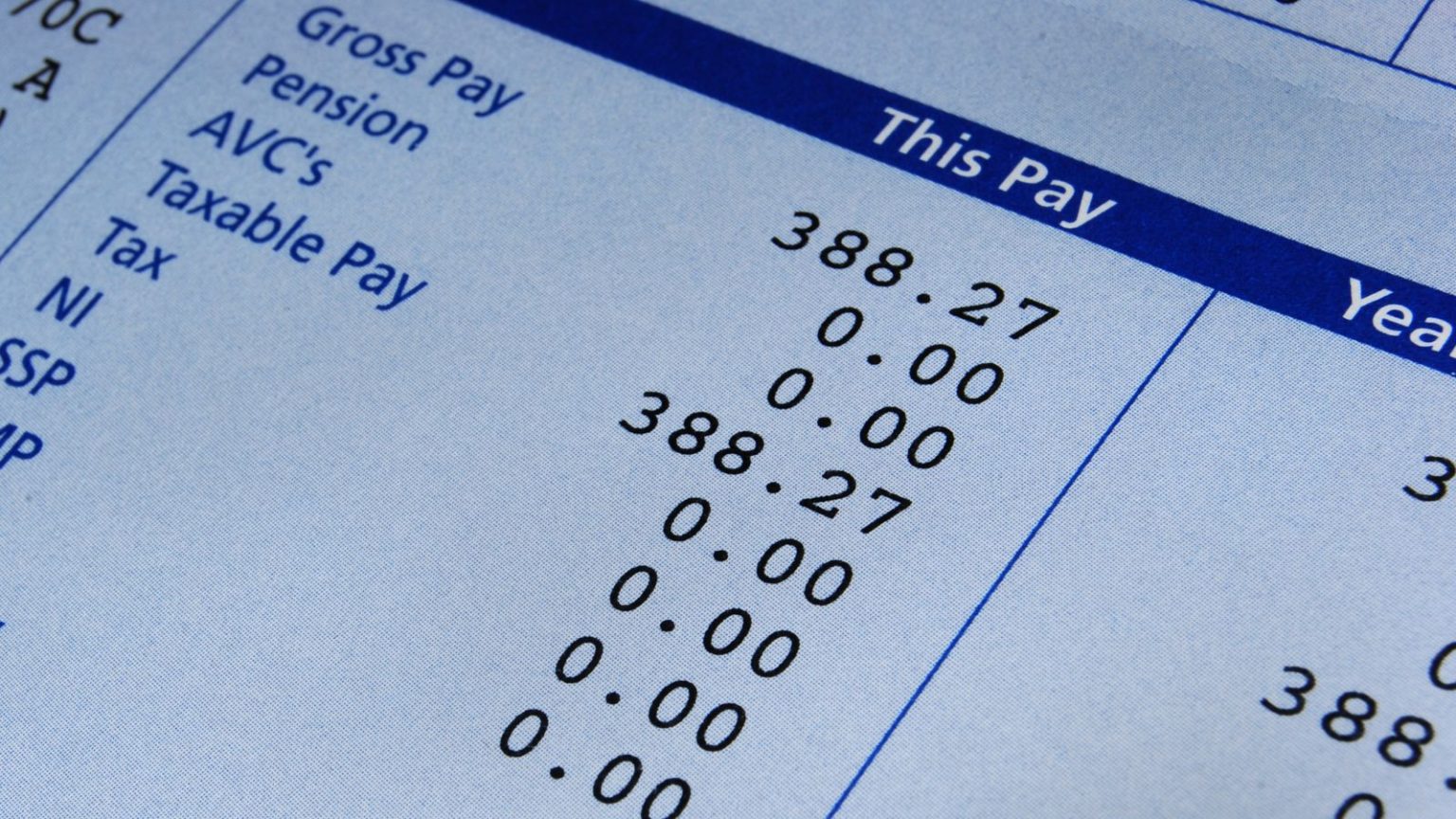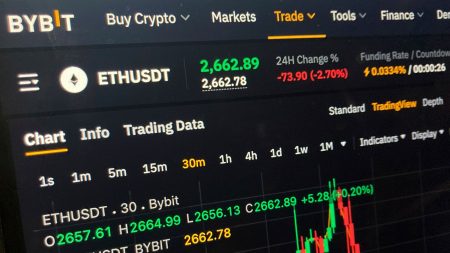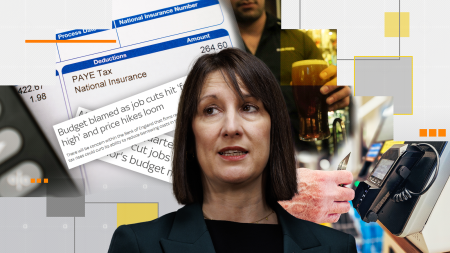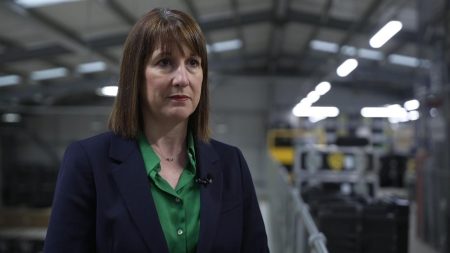Economic Uncertainty Prompts Companies to Delay Investment
The global economy is currently navigating a period of heightened uncertainty, and businesses are responding by pulling back on investments until they see clearer signs of stability and growth. A recent report by the Recruitment and Employment Confederation (REC) and KPMG highlights this trend, noting that companies are adopting a "wait and see" approach to hiring and expansion. This cautious stance is largely driven by concerns over economic momentum and the impact of recent budget measures, which some argue are acting as "brakes" on hiring and business confidence.
The report reveals that permanent staff vacancies dropped significantly last month, marking the steepest decline since August 2020. This downturn is attributed to a combination of factors, including redundancies at client companies and the rising cost of employment linked to government policies. Temporary billings were also severely affected, with the fastest decline in temp roles since June 2020. These findings paint a picture of a job market under pressure, as businesses grapple with economic headwinds and tighten their belts in anticipation of further challenges.
Budget Measures and Tax Increases: A Challenge for Businesses
The current economic slowdown is, in part, attributed to recent budget measures introduced by the government. Shortly after taking office, the government warned of a "tough" budget, citing a £22 billion black hole in public finances inherited from the previous administration. In October, the budget placed a significant burden on businesses, with £25 billion of a £40 billion tax hike allocated to companies. A large portion of this increase came from adjustments to employer national insurance contributions, set to take effect in April.
Business groups have been vocal in their opposition to these measures, warning that the additional costs will hinder investment and hiring. There are also concerns that these expenses could be passed on to consumers in the form of higher prices, exacerbating inflationary pressures. The REC’s chief executive, Neil Carberry, emphasized that it will take time and concrete actions to rebuild business confidence. He also pointed to the upcoming tax rises and fiscal challenges as key obstacles to progress, describing the current environment as an "autumn of fiscal gloom."
Job Market Trends: Rising Unemployment and Redundancies
Official data released last month revealed a decline in the number of payrolled employees, contributing to a rise in the unemployment rate to 4.4%. This marked the first increase in joblessness since November, with private sector surveys indicating a surge in redundancies. Recent readings from the S&P Global purchasing managers’ index show that the pace of job cuts is now at its highest level in four years.
The decline in hiring activity is particularly pronounced in the temporary employment sector, where billings have fallen sharply. This trend reflects the broader economic uncertainty, as companies remain reluctant to commit to new hires or expand their workforces until the outlook improves. The REC report also noted that consultants are seeing increased redundancies at client firms, further underscoring the challenges facing the job market.
Major Employers Announce Job Cuts Amid Economic Downturn
The economic slowdown has already begun to take a toll on major employers, with several high-profile companies announcing job cuts in recent weeks. Sainsbury’s and BP are among the firms that have revealed plans to reduce their workforces, citing cost pressures and challenging market conditions. These announcements are part of a broader trend, as businesses across industries seek to streamline operations and navigate the uncertain economic landscape.
The Treasury has defended the budget measures, arguing that the tax increases are necessary to address public finances and pave the way for long-overdue investments in public services. However, business leaders and economists have expressed skepticism about the timing of these measures, warning that they could deepen the economic slowdown. The government’s growth agenda, which includes investments in infrastructure, green energy, and planning reforms, is expected to yield positive results only in the latter half of the current parliament.
Economic Growth Projections: A Gloomy Outlook
The Bank of England has revised its growth forecast for the UK, slashing its projected GDP growth for the year from 1.5% to 0.75%. This downgrade reflects the expected impact of the national insurance rise, which is likely to weigh on employment and economic activity. The Bank also cautioned that it is too early to assess the potential risks posed by trade tariffs imposed or threatened by former U.S. President Donald Trump, though it noted that protectionist measures generally harm economic growth.
The combination of tax increases, redundancies, and reduced hiring activity has created a challenging environment for businesses and workers alike. As the economy navigates this period of uncertainty, all eyes will be on whether the government’s policies can stimulate growth and restore business confidence. For now, the outlook remains cautious, with many firms opting to delay investment and hiring until the economic landscape becomes clearer.
The Broader Implications: A Call for Action
The current economic climate highlights the delicate balance between fiscal responsibility and growth promotion. While the government’s budget measures aim to address public finances, they risk exacerbating the slowdown by imposing additional costs on businesses. The REC and other industry groups have called for policies that support job creation and investment, arguing that such measures are crucial to reviving economic momentum.
As the UK economy continues to grapple with these challenges, the coming months will be critical in determining whether businesses can regain confidence and start investing again. For now, the "wait and see" approach remains the dominant strategy, with companies closely monitoring the economic landscape for signs of improvement. Whether the government’s growth agenda can deliver on its promises will be a key factor in shaping the economic recovery.
